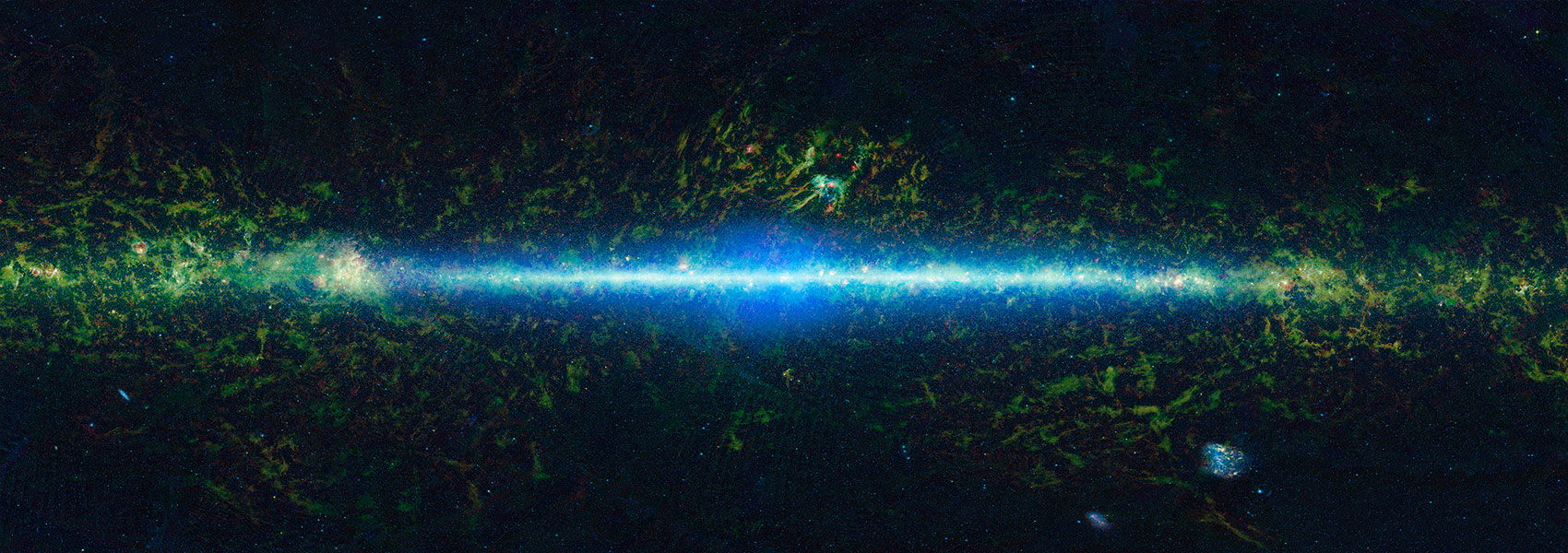July
2023
•
2023AJ....166....9M
Authors
•
Mistry, Priyashkumar
•
Pathak, Kamlesh
•
Prasad, Aniket
•
Lekkas, Georgios
•
Bhattarai, Surendra
•
Gharat, Sarvesh
•
Maity, Mousam
•
Kumar, Dhruv
•
Collins, Karen A.
•
Schwarz, Richard P.
•
Mann, Christopher R.
•
Furlan, Elise
•
Howell, Steve B.
•
Ciardi, David
•
Bieryla, Allyson
•
Matthews, Elisabeth C.
•
Gonzales, Erica
•
Ziegler, Carl
•
Crossfield, Ian
•
Giacalone, Steven
•
Tan, Thiam-Guan
•
Evans, Phil
•
Hełminiak, Krzysztof G.
•
Collins, Kevin I.
•
Narita, Norio
•
Fukui, Akihiko
•
Pozuelos, Francisco J.
•
Dressing, Courtney
•
Soubkiou, Abderahmane
•
Benkhaldoun, Zouhair
•
Schlieder, Joshua E.
•
Suarez, Olga
•
Barkaoui, Khalid
•
Palle, Enric
•
Murgas, Felipe
•
Srdoc, Gregor
•
Goliguzova, Maria V.
•
Strakhov, Ivan A.
•
Gnilka, Crystal
•
Lester, Kathryn
•
Littlefield, Colin
•
Scott, Nic
•
Matson, Rachel
•
Gillon, Michaël
•
Jehin, Emmanuel
•
Timmermans, Mathilde
•
Ghachoui, Mourad
•
Abe, Lyu
•
Bendjoya, Philippe
•
Guillot, Tristan
•
Triaud, Amaury H. M. J.
Abstract
•
NASA's Transiting Exoplanet Survey Satellite (TESS) is an all-sky survey mission designed to find transiting exoplanets orbiting nearby bright stars. It has identified more than 329 transiting exoplanets, and almost 6000 candidates remain unvalidated. In this manuscript, we discuss the findings from the ongoing Validation of Transiting Exoplanets using Statistical Tools (VaTEST) project, which aims to validate new exoplanets for further characterization. We validated 11 new exoplanets by examining the light curves of 24 candidates using the LATTE and TESS-Plot tools and computing the false-positive probabilities using the statistical validation tool TRICERATOPS. These include planets suitable for atmospheric characterization using transmission spectroscopy (TOI-2194b), emission spectroscopy (TOI-3082b and TOI-5704b) and for both transmission and emission spectroscopy (TOI-672b, TOI-1694b, and TOI-2443b). Our validated planets have one super-Earth (TOI-2194b) orbiting a bright (V = 8.42 mag), metal-poor ([Fe/H] = -0.3720 ± 0.1) star, and one short-period Neptune-like planet (TOI-5704) in the hot-Neptune desert. In total, we validated one super-Earth, seven sub-Neptunes, one Neptune-like, and two sub-Saturn or super-Neptune-like exoplanets. Additionally, we identify five likely planet candidates (TOI-323, TOI-1180, TOI-2200, TOI-2408, and TOI-3913), which can be further studied to establish their planetary nature.
Links




